

Andrew Maclean
MG IM5 vs Tesla Model 3: Spec battle
11 Hours Ago
With a funky design and long list of standard safety and tech features, the Kona Active makes a strong case in the crowded small SUV segment.
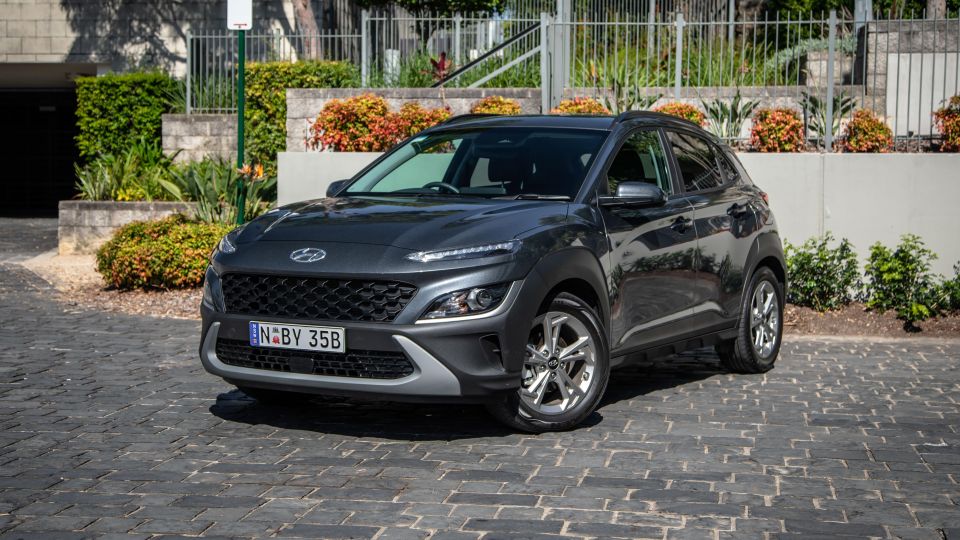


Contributor

Contributor


Contributor

Contributor
Quickly see how this car stacks up against its competition. Select any benchmark to see more details.
Where expert car reviews meet expert car buying – CarExpert gives you trusted advice, personalised service and real savings on your next new car.
The Hyundai Kona is well known for its ‘carwash man’ advertising campaign, showing the youthful, whimsical appeal of the vehicle as well as the brand.
Being a small SUV, they generally get labelled as ‘cute’, but we do believe the Kona can hold its own against an ever-growing list of competitors.
We’ve tested the high-spec Highlander and N Line Premium variants, so how does the one-up-from-base 2021 Hyundai Kona Active cut it?
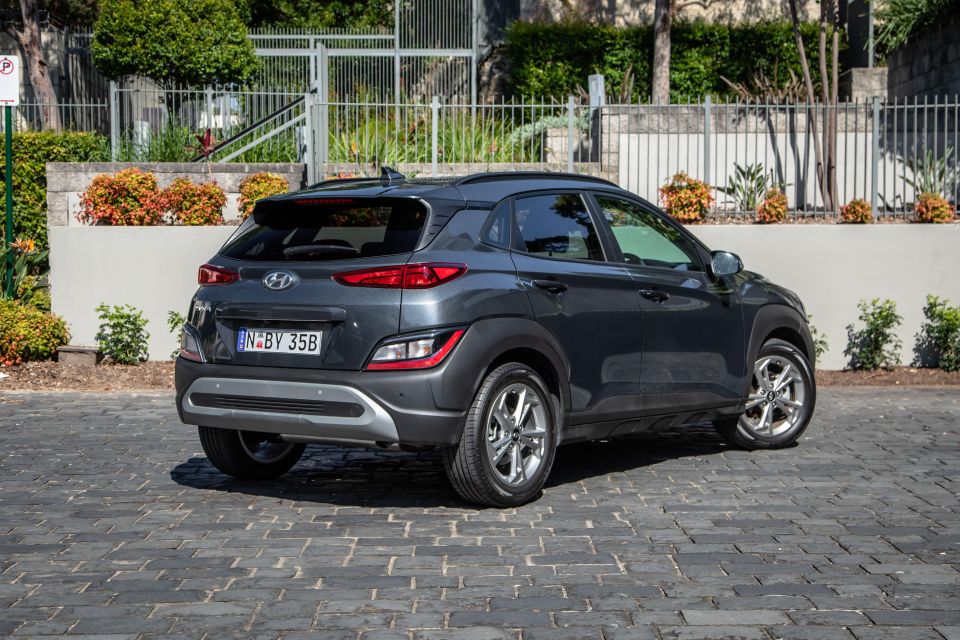
The Kona range starts from $26,600 before on-road costs, and tops out with the Kona N Line Premium, priced from $42,400 plus on-roads.
On test is the Kona Active, which is second from the bottom and priced from $28,200 before on-roads.
A number of rival models compete with the Kona in both size and pricing, with key competitors including the Ford Puma FWD ($29,990), Honda HR-V VTi ($26,900), Kia Seltos S ($28,290 drive-away), Mazda CX-3 Maxx Sport ($26,890) and CX-30 G20 Evolve ($29,990), Mitsubishi ASX LS ($28,490), Subaru XV 2.0i ($29,690) and Volkswagen T-Cross 85TSI Life ($28,390). Prices listed are for equivalent automatic variants.
Where the pre-facelift Kona offered standard 2.0-litre FWD and 1.6-litre turbo AWD options across the range, the 2021 line-up is split into to distinct lines. The core range (Kona, Active, Elite, Highlander) feature a 2.0L FWD setup while the sportier N Line and N Line Premium variants are offered exclusively offered with the 1.6L turbo AWD running gear.

Buy your new car without the stress. It's fast, simple and completely free.

Great service from Travis and team, second time I have used this business would not hesitate to recommend them to anyone
Craig C.
Purchased a Ford Ranger in Sunshine Coast, QLD
CarExpert helped Craig save $7,224 on his Ford Ranger, now let us save you on your next new car.
Get your BEST priceThe Kona Active brings the following inclusions over the base model:
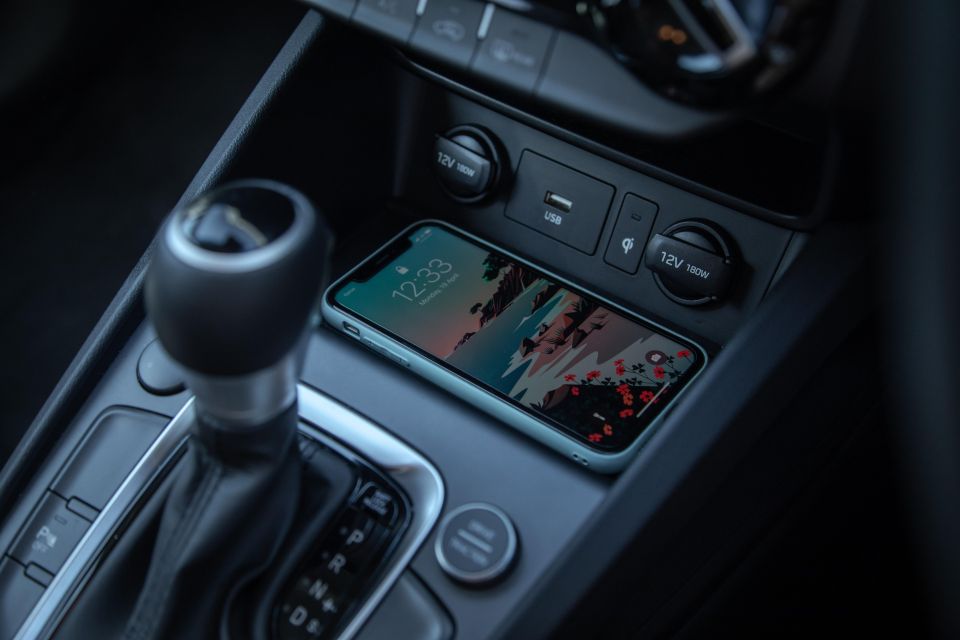
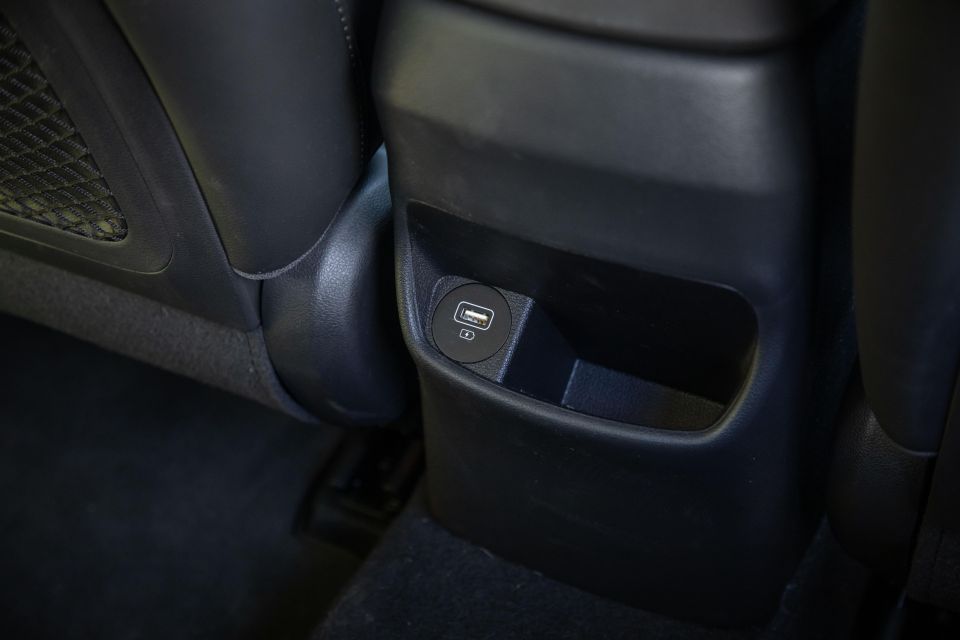

That’s on top of the base ‘Kona’ specification, which includes:
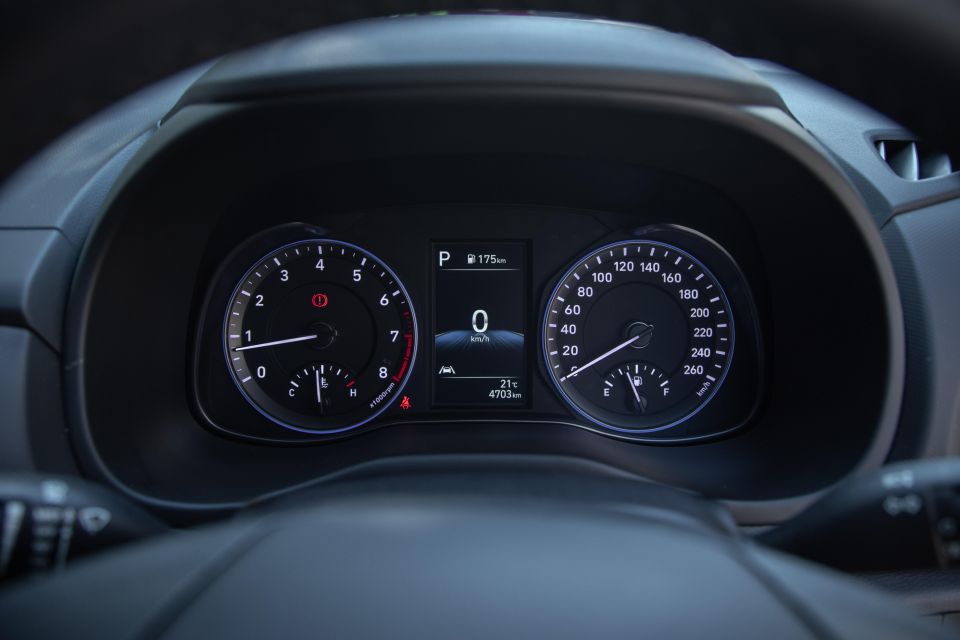
Further up the range gets your features like:
All models come equipped with Hyundai’s ‘SmartSense’ safety and assistance suite as standard, which we’ll get to in the safety section.

The Hyundai Kona was awarded a five-star ANCAP safety rating based on 2017 testing. This applies to all variants, including the Kona Electric models introduced to Australia in 2019.
As noted earlier, the Kona is fitted with the Hyundai SmartSense suite across the range which includes:
The smart cruise control system with stop and start capability worked well with non-jerky, smooth starting and stopping capabilities.
We found the lane assistance features to be quite intrusive, as it constantly tugs at the steering and at times felt like it was trying to take over. It certainly wasn’t to my tastes – you can turn the lane centring off via the steering wheel button and you can toggle other safety feature setting via the infotainment display.
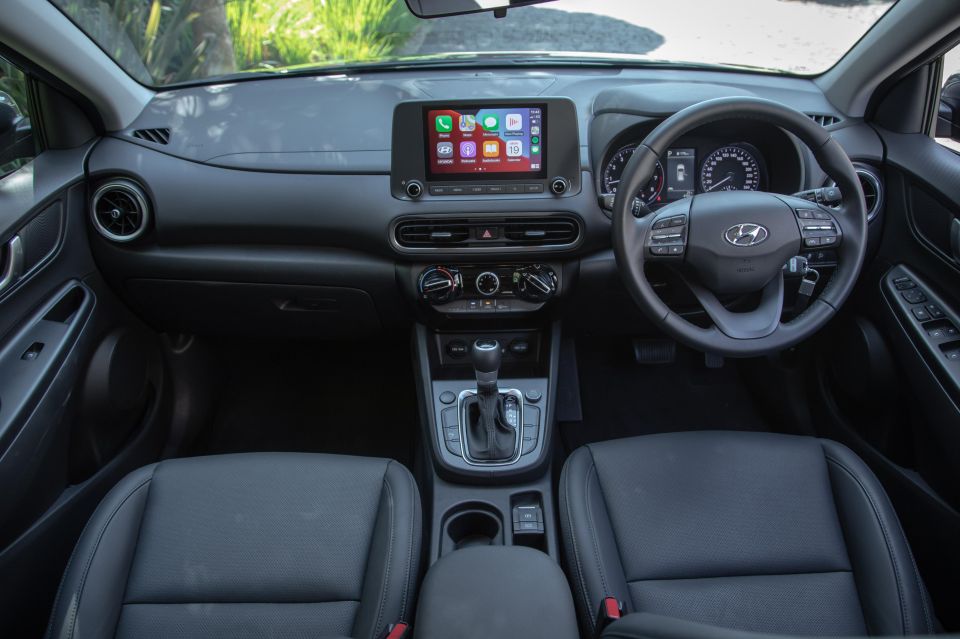
The Kona Active has leather-appointed trim for the seats, steering wheel, and gear knob, and an 8.0-inch touch screen Multimedia system (10.25-inch on higher models) with wireless Apple CarPlay and Android Auto.
In theory, the wireless setup should be a large step up from wired smartphone mirroring. We had many issues with dropouts, though granted it was pretty easy to get running again. But it’s still annoying.
While the wireless mirroring tech is quite new-age, the rest of the cabin is a little drab and in some ways old school. For example, the manual HVAC controls don’t really fit the vibe of a near-$30,000 car appealing to young, techy types.



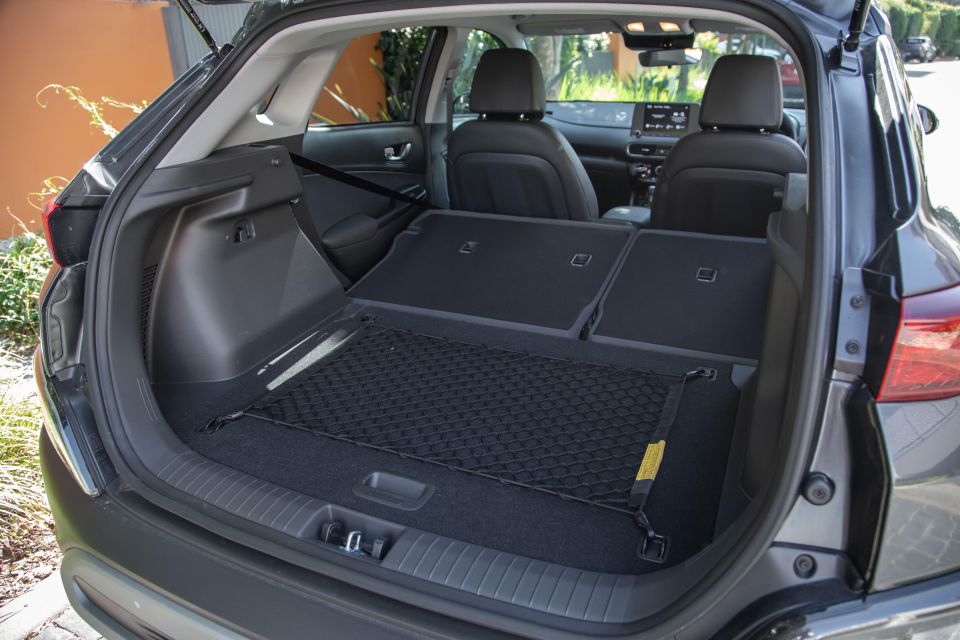
It’s also in stark contrast to the exterior design, which is quite quirky and a bit more out there compared to some of the more conventional SUV designs.
Boot space is fairly decent, at 374L (VDA) with the rear seats up. You can fit a small pram with room for groceries, however, the cabin space does suffer.
It’s adequate, but if you have a rear-facing car seat, the front passenger seat needs to be pushed forward quite a bit which limits knee and legroom, which is less than ideal. The rear seats themselves are on the cosier side, too.

The bulk of the Kona range is powered by a 2.0-litre ‘Smartstream’ naturally-aspirated four-cylinder petrol engine, developing 110kW of power and 180Nm of torque.
Drive with this engine is sent to the front wheels via a CVT auto (which Hyundai labels an Intelligent Variable Transmission) with a sequential manual mode offering artificial ‘gears’.
Fuel use is rated at 6.2L/100km on the combined cycle.
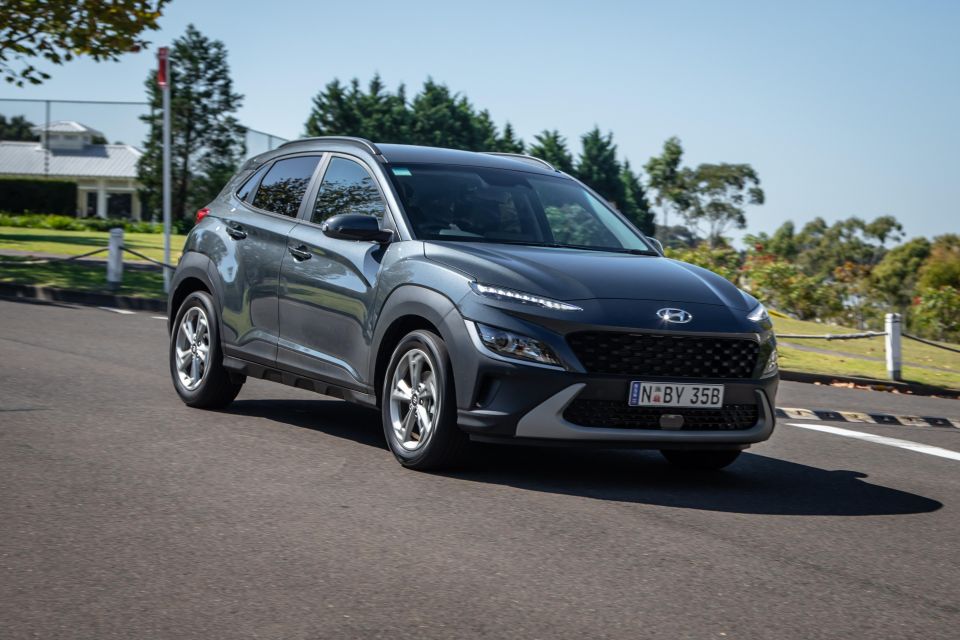
Overall, the Kona drives well.
With MacPherson struts up front and a torsion beam axle for the rear (N Line models get a multi-link rear) the Kona is competent in daily driving with a comfortable ride combined with light steering.
However, as mentioned before the steering can get a little tricky when the lane assistance comes on and left us feeling like we were battling with the car at times.
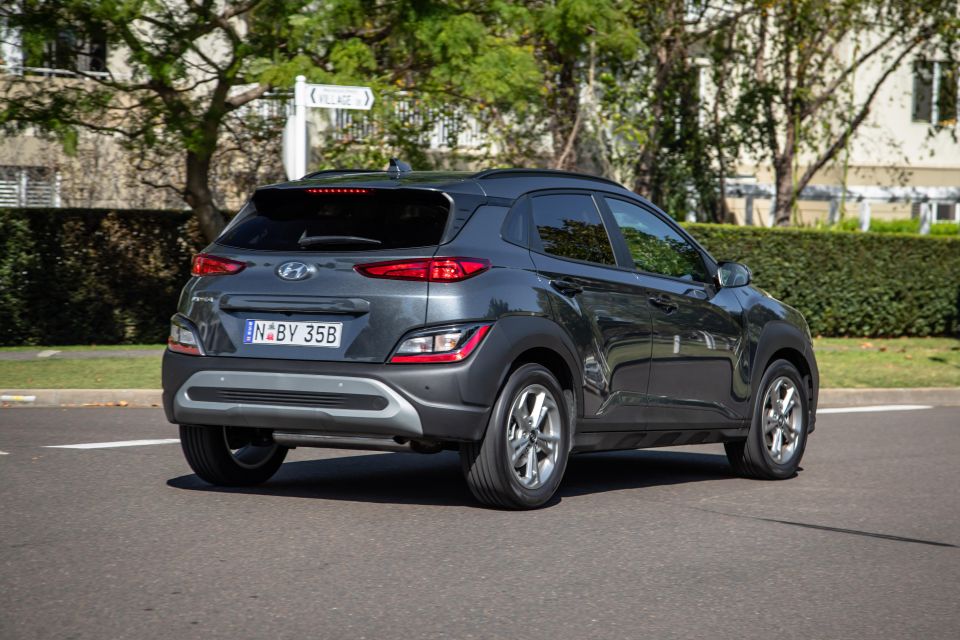
There’s a range of driving modes – Eco, Comfort, Sport, and Smart. We did notice Sport mode gave us sharper response that gives extra confidence when pulling out in traffic. Performance is pretty good and there’s no noticeable lag.
The Kona also has three traction modes which are Snow, Mud, and Sand which tailor the throttle response and traction control in place of a mechanical all-wheel drive system. We didn’t get the chance to test it on any of these on their respective road surfaces, but it’s a good feature to have.
The Kona is a fairly zippy and a fun car to drive, though being a CVT it tends to hold higher revs under hard acceleration. Once at a steady speed, the Kona just cruises.

The Hyundai Kona is covered by a five-year, unlimited-kilometre warranty with lifetime capped-price servicing. There’s 12 months of roadside assistance with purchase of the Kona, and can be renewed for up to another nine years if you service with a participating Hyundai dealer.
Fuel-wise it’s approved for 91RON (and E10 compatible) to keep running costs down. There’s a 50L fuel tank and it uses a claimed 6.2L/100km.
On our test, we saw an indicated average of 6.8L/100km.
Servicing is required every 12 months or 15,000km – whichever comes first. Hyundai offers three-, four- and five-year service plans priced at $957, $1276 and $1595 respectively.
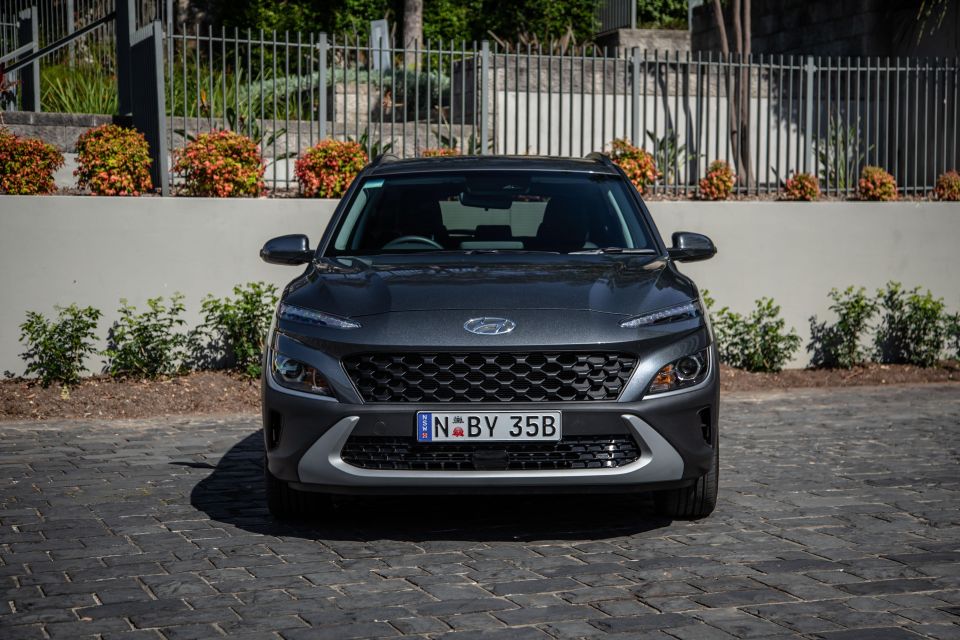
Buy your new car without the stress. It's fast, simple and completely free.

Great service from Travis and team, second time I have used this business would not hesitate to recommend them to anyone
Craig C.
Purchased a Ford Ranger in Sunshine Coast, QLD
CarExpert helped Craig save $7,224 on his Ford Ranger, now let us save you on your next new car.
Get your BEST priceThe Hyundai Kona is a vehicle that delivers on its promise, a reliable car that’s whimsical in style but packs some punch when swapped into Sport mode.
This isn’t a car we can see working well for families with young kids though, as a rear-facing car seat impacts the overall passenger comfort and the lack of rear air vents in the doesn’t provide good airflow for rear occupants.
However, if kids are out of the equation, the Hyundai Kona has impressed us with its technology inclusions and the base 2.0-litre engine’s performance.
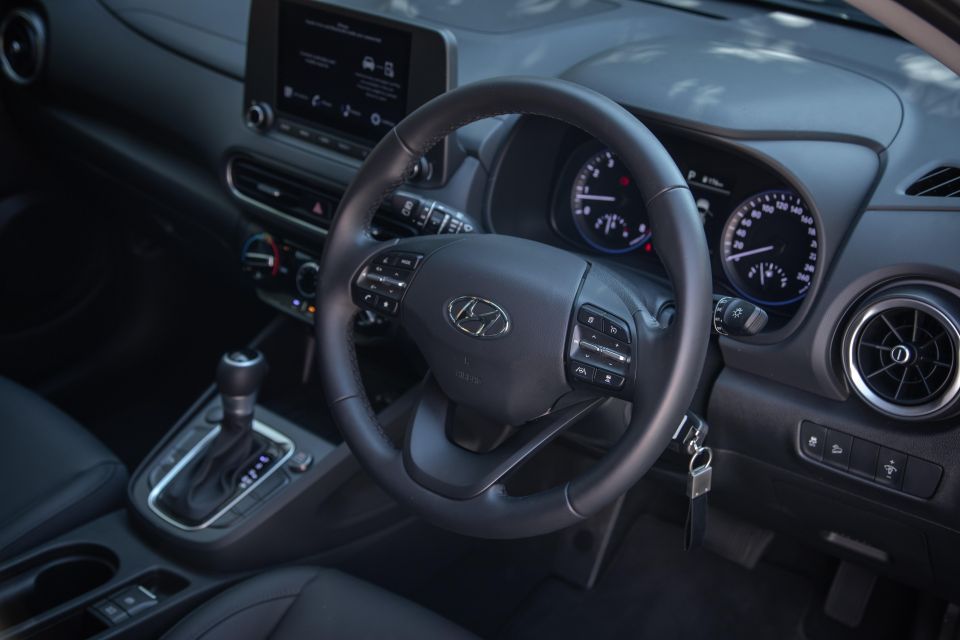
Where expert car reviews meet expert car buying – CarExpert gives you trusted advice, personalised service and real savings on your next new car.
Click the images for the full gallery
Where expert car reviews meet expert car buying – CarExpert gives you trusted advice, personalised service and real savings on your next new car.


Andrew Maclean
11 Hours Ago
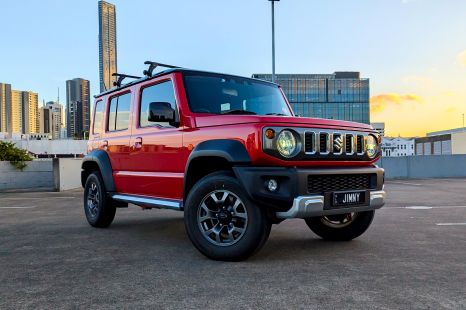

William Stopford
2 Days Ago
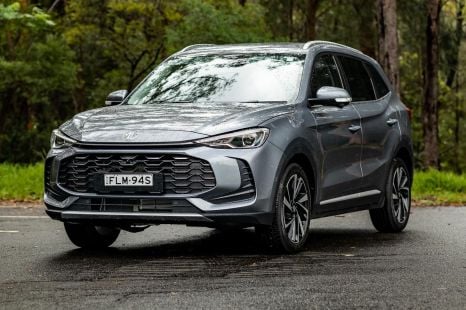

Matt Campbell
3 Days Ago


James Wong
4 Days Ago


William Stopford
7 Days Ago
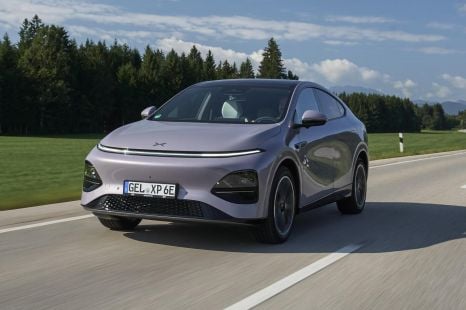

Neil Briscoe
8 Days Ago